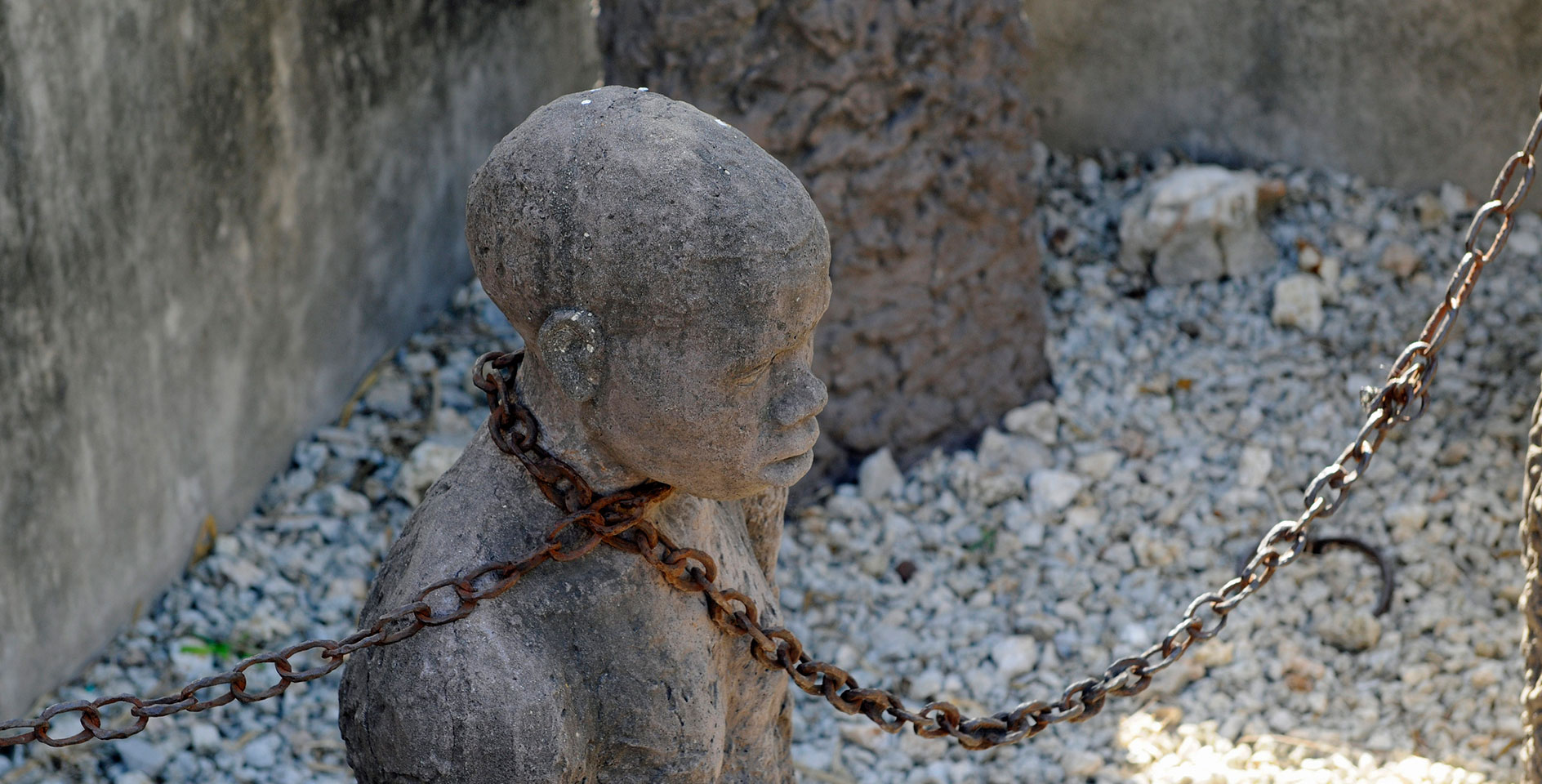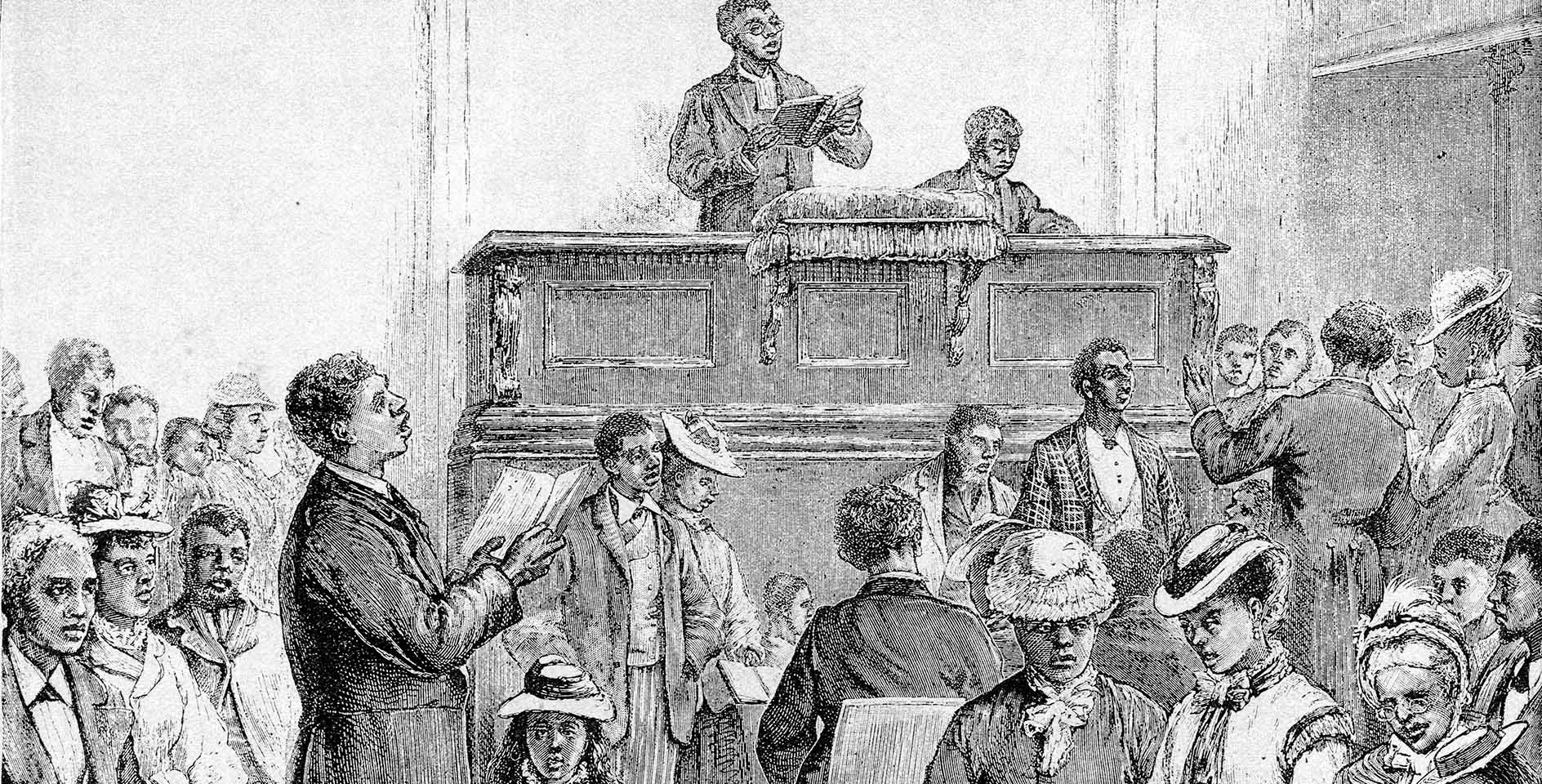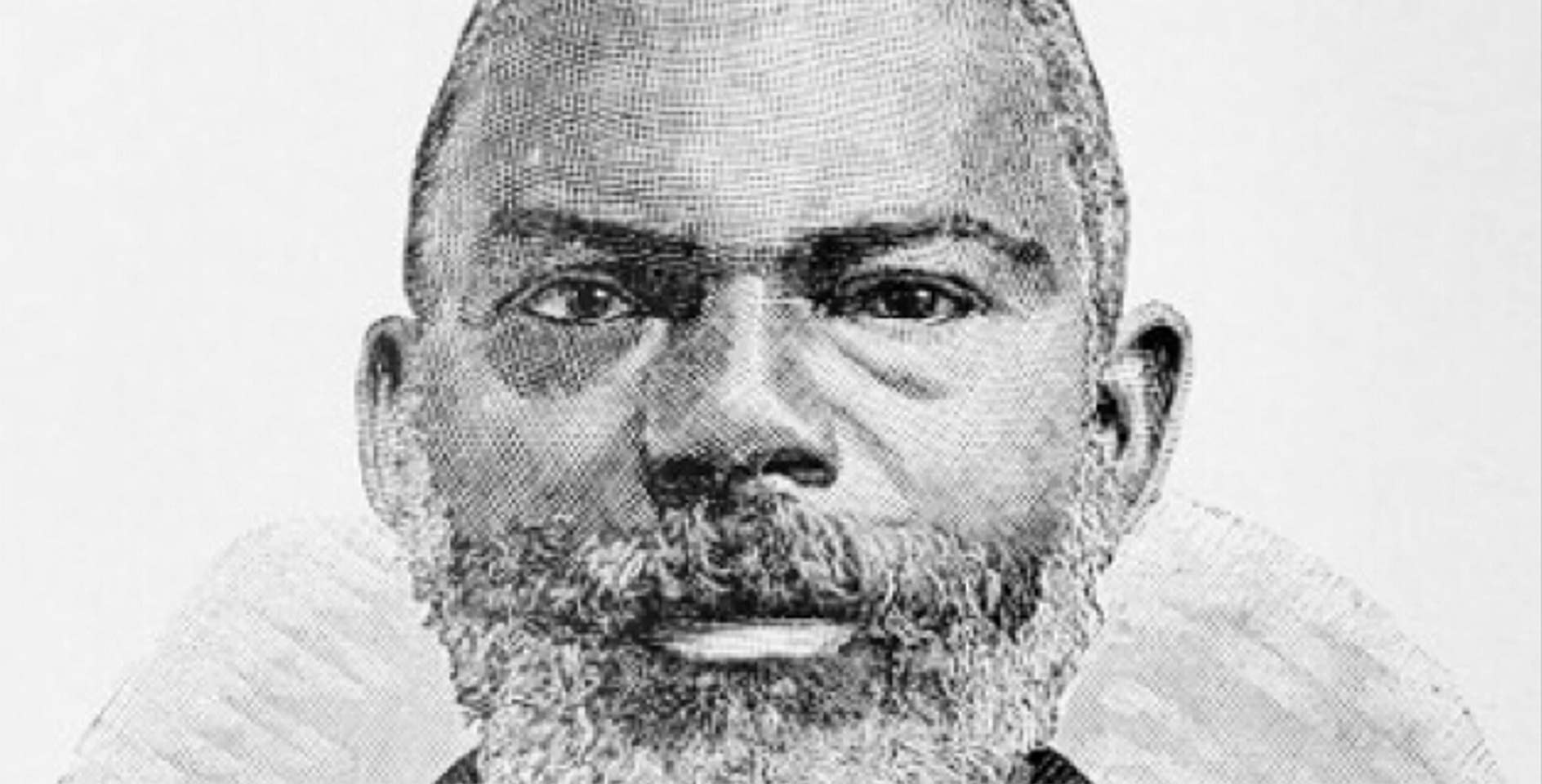This Saturday marks the quincentennial of King Charles V of Spain authorizing the slave trade from Africa to the New World. Here are five facts you should know about the transatlantic slave trade and its abolition.
1. The Spanish merchant Juan de Córdoba is believed to have first transported captured Africans to the Americas in 1502. The first slave voyage direct from Africa to the Americas is believed to have sailed in 1526. But even before then, Africans were brought over as slaves directly from Europe, and native inhabitants of America were enslaved by European explorers. On his first day in the New World, Christopher Columbus wrote in his journal that he had ordered six of the people of the West Indies to be seized because he believed they would make good servants.
2. Prior to 1518, the Spanish monarchy refused to allow slaves to be transported directly from the continent of Africa because of a fear they would introduce non-Christian religious practices to native populations in America. That changed on on August 18, 1518, when King Charles V granted a charter to Lorenzo de Gorrevod to transport 4,000 slaves directly from Africa to the Spanish American colonies. The Spanish king circumvented the law established by his grandparents by allowing slaves to be “converted” to Christianity during the voyage across the Atlantic Ocean. This action led to a broad expansion of the slave trade in the Western hemisphere.
3. A triangular trade route across the Atlantic took goods from Europe to Africa, African slaves to the Americas and West Indies, and mostly raw materials produced on the plantations back to Europe. The leg of the trade route that transported slaves is known as the “Middle Passage.” Depending on the weather, this voyage could take between three to six months (by the end of the slave trade era it took six weeks or less). The passage was so brutal that the ships lost both the persons transported as slaves as well as a significant portion of the crew (the mortality rate for sailors on slave ships was approximately 20 percent). Slave ships varied in size and passenger capacity, but they all shared the common trait of being inhumanly brutal. African slaves spent most of their day below deck in cramped quarters and were brought on deck only for short periods of forced exercise. Research published in 1794 calculated that a man was given a space of 6 feet by 1 foot, 4 inches; a woman 5 feet by 1 foot, 4 inches; and girls 4 feet, 6 inches by 1 foot. The air below deck was hot, stale, and filled with the incessant smell of vomit, sweat, sickness, and death. Water was restricted to 24 ounces a day—the equivalent of two 12-ounce soda cans of fluid per day—and the diet consisted mainly of rice and fava beans.
4. Because of inadequate records, the number of people taken from Africa through enslavement remains unknown. Based on shipping records, historians estimate that between 9 million and 11 million people were taken out of Africa by European slave traders and delivered alive on the other side of the Atlantic. An untold number, however, died resisting capture in the “slave raids,” during the forced march to the coastal regions, in slave forts while awaiting transport, and as they travelled across the ocean. The lowest number for the total loss of life is estimated to be around 20 million people—a total that is more than all of the people currently living in New York state.
5. In the late 1700s Christians began mobilizing in North America and Western Europe to end the transatlantic slave trade. “The main thrust of Christian abolitionism emerged from the evangelical revival of the 18th century,” notes the BBC, “which spawned dynamic Christians with clear-cut beliefs on morality and sin and approached the issue of slavery from this standpoint.” The Quakers were the first religious group to officially form an abolition movement in the U.S. and U.K., though they were quickly joined by Baptists, Congregationalists, Methodists, and Presbyterians. In 1789 the evangelical convert and British politician William Wilberforce began introducing bills that would abolish the trade. He would reintroduce such legislation every year until 1807, when the Abolition of the Slave Trade Act finally abolished the transatlantic slave trade throughout the British Empire. The king of Denmark, Christian VII, also signed a decree in 1792 banning Danish participation in the trade, though it did not take effect until 1803. Due to the influence of the British the Vienna Declaration—credited with having introduced abolition of the slave trade as a principle in general international law—was signed by Austria, Britain, France, Portugal, Prussia, Russia, Spain, and Sweden in 1815. In 1926, the Convention to Suppress the Slave Trade and Slavery was adopted as an international treaty. To date, 99 nations have signed the treaty, with the most recent signatory, Zambia, added in 1973.










